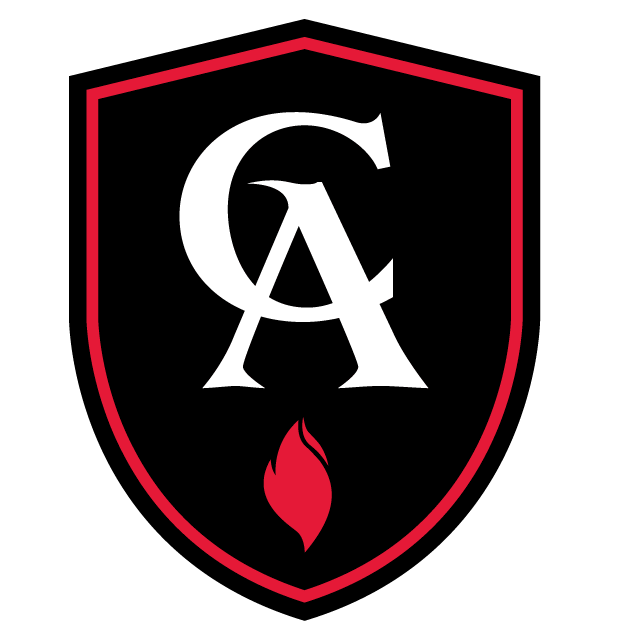First of all, research shows that giving reflection time is valuable to anyone as a means of creating greater self-awareness, appreciating process as well as product, and deepening one’s learning.
Applied to students in a fast-paced educational environment like Colorado Academy, that means providing some time for students to slow down and think about what they are doing and, more importantly, what they are learning.

Self-reflection heightens an awareness of one’s most effective learning strategies, as well as pointing out areas where an individual student might devote more time and attention.
Terry Heick, the founder of the educational website TeachThought, notes that “by shifting their reflection from content to thought, students have the chance to put themselves back at the center of the learning process. When they reflect, students reimagine what happened in both first and third person — as they were seen, and as they saw through their own eyes.” That sense of perspective is really important in building independent and self-directed learners. As a form of writing, self-reflection is also an excellent way to craft one’s thoughts into coherent ideas and to establish stronger connections.
Schools don’t always take the time they should to allow students to “connect the dots” between activities. As teachers, we might see the bigger picture and understand the overall goals, but unless we make that transparent to students and leave time for them to reflect on how they are doing — and why they are doing it — we might leave students in the dark, struggling to move from one concept or class to another.
I have seen more teachers in recent years employ the strategies of self-reflection in order to get students to internalize their learning. That means, for example, that their students are not only writing a good analytical essay in English class, but also reflecting back on what was learned through that experience.
Students can also write about what might be done on the next similar assignment and apply that toward even better results. All of which promotes a growth mindset. In one week as I visited classes across the disciplines, I observed students being asked to self-reflect in math, English, computer science and French. That was impressive! This positive trend has emerged from an increased desire on teachers’ parts to keep checking in with their students more directly and more regularly.
In many portfolio-based models, students must consistently reflect on the work they are submitting to their collections. Rather than just have a portfolio serve as a collection of “greatest hits” of that student’s work, it should contain reflective work on the student’s progress, weaving a sort of “journey” story in which one piece builds on another. Some might call this “curating” one’s portfolio, much the way a museum puts a collection of pieces together and connects them with a narrative about the choices and what they represent. Again, all of this adds up to deeper learning and greater meta-cognition (thinking about one’s thinking).
Obviously, strong feedback is a very important part of this process. Without teacher feedback, a student may reflect on his or her experience but may not have the ability to draw as informed a conclusion. In this way, self-reflection can become a give-and-take between teacher and student. It’s a sort of dialogue back and forth with the shared goal of increased learning. Open-ended reflection questions generally elicit the best responses from students. What made you curious today? (How does learning feel different when you’re curious?) When were you at your best today, and why? What were the most compelling parts of that assignment and why?
Self-reflection takes time and consistency.
Teachers must see the value and be willing to set aside time and space for students to do this sort of thinking and writing. But when they do, they see the results are well worth the time allotted.

